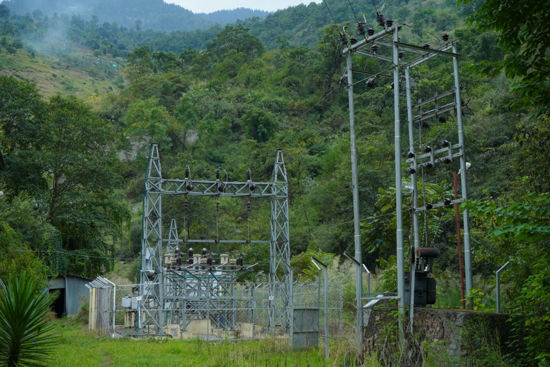Industry
- Hydro
Continent
- Asia
Country
- India
Vintage 
- CP2: 2013 or later
Sustainable Development Co-Benefits
Environmental
- Natural resources
Social
- Jobs
- Welfare
Economic
- Technology
| 8/29/2025 |  | 15 t |
| 8/29/2025 |  | 2,657 t |
| 8/29/2025 |  | 5,216 t |
| 8/6/2025 |  | 113 t |
| 7/22/2025 |  | 1,817 t |
| View all 6 | ||
3598
Manglad Small Hydroelectric Project
6
The Manglad Hydroelectric Project (MHEP) is a 4.5 MW run-of-river hydroelectric project located in the Rampur sub-division of the Shimla District in the state of Himachal Pradesh.The Project is utilizing the waters of the Manglad Khad, a tributary of the Satluj River, generating approximately 24.61 GWh (net) of electricity per annum. The project is being developed by Shree Bhavani Power Projects Private Limited (SBPPPL). MHEP was allotted to SBPPPL by the Himachal Pradesh Government Energy Development Agency (Himurja) under the policy for private sector participation in the implementation of power projects.
Bank transfer payment for this project is possible from USD 100.00






